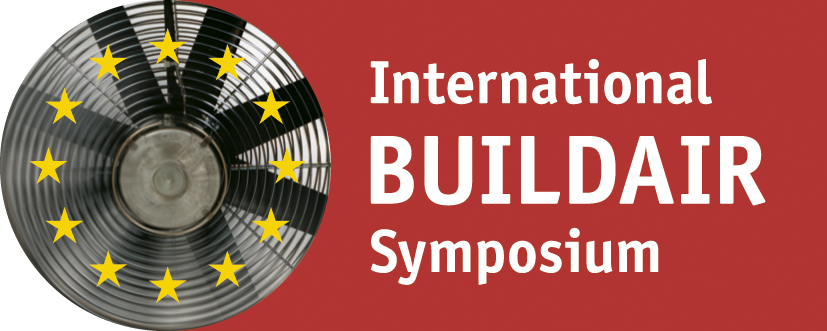Purpose of the work
The purpose of this work is to present the results of a recent study involving a novel ultrasonic technology used to detect and quantify air leaks in buildings and to assess airtightness and air permeability of building envelopes and the individual components within them.
Method of approach
The approach was to conduct a number of case studies including lab-based empirical verification, semi-controlled environments, and real-world environments including Passivhaus homes and commercial buildings. The new technology was used alongside a variety of airtightness tests.
Content of the contribution
Energy and carbon dioxide emission reductions from buildings are central to the UK's net zero climate strategy. One factor that can have a significant impact on energy use and CO2 emissions attributable to buildings is the airtightness performance of the building fabric. Consequently, high levels of building airtightness are crucial if we are to obtain a low-carbon built environment. This paper evaluates the performance of a novel low-cost ultrasonic technology, the Portascanner® Airtight, through comparative testing with existing methodologies, including Blower Door testing, Pulse testing, and thermography. The study found that the most comprehensive evaluation of airtightness is attained when multiple methods, including the Portascanner® Airtight, are used in conjunction with one another. Notably, the Portascanner® Airtight demonstrated a unique capability in identifying leaks that could be overlooked by other technologies, particularly in scenarios where thermography is limited due to unsuitable thermal conditions. Additionally, the study found that the Portascanner® Airtight's quantification of airflow and air permeability closely aligned with results from pressurisation tests, validating its effectiveness as an instrument for airtightness testing.
Results and assessment of their significance
It was found that the Portascanner® Airtight was capable of detecting and quantifying smaller leaks than any other existing method, to an accuracy of within plus or minus 10% of the true value. It was also found that the instrument could be used in a greater range of applications.
Conclusions
The most comprehensive evaluation of airtightness is attained when multiple methods, including the Portascanner® Airtight, are used in conjunction with one another. The new technology is particularly useful as an instrument used during construction or retrofitting, to identify leaks prior to completion.
For further information please contact Daniel Dobrowolski at: daniel.dobrowolski@dirdi.org





